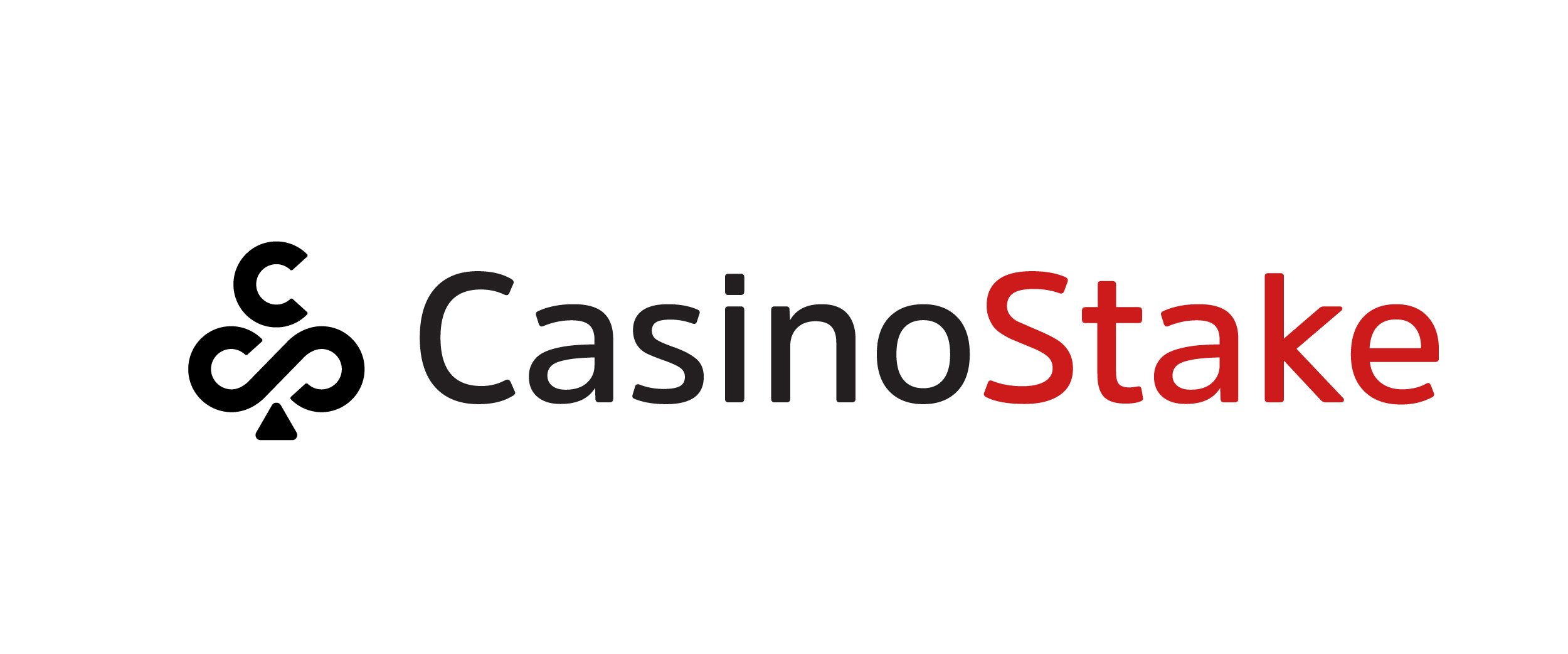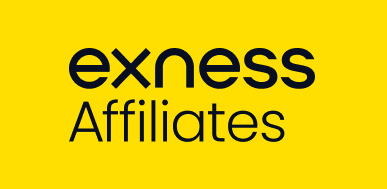To move forward in the ever-changing marketing landscape, affiliate managers must learn to embrace a diverse programme. By varying your affiliates, you will bring in many benefits like growing audience reach and accelerated programme development.
Your affiliate programme might be dependent on only a handful of affiliates, as most programmes are. But brands are starting to shift their mindset to partners who drive quality traffic and brand awareness. This is as opposed to the old way of thinking that focused solely on sales-based statistics.
If you’re looking for tips to manage your affiliates, read on to find our guide to diversifying your affiliate team and its benefits.
The benefits of a diverse affiliate programme
There are many perks to diversifying your affiliate programme by partnering with new and innovative partners like content, B2B, podcasts and referral programmes.
The main reason is to reach new audiences. With multiple affiliates, you can extend your programme to reach new users. Varied affiliates open up different revenue streams, which are managed based on performance. Many of these affiliates are recognised as a brand in themselves, which will serve as a recommendation for your product.
To do this, the key is to test out new partners while keeping existing affiliates valued and engaged. You can get creative with this. Leave enough space in your affiliate testing for lots of contributors to create a balanced programme and level playing field.
You will also gain an improved insight into your customers’ journey from consideration to sale. You can take the data from various customer touchpoints to create more strategic partner campaigns that optimise the touchpoints that are working. This will increase revenue and brand awareness and keep you ahead of the game.
A varied affiliate programme will also reduce risks in your marketing strategy. To put it simply: if something isn’t working, you have another affiliate picking up the slack.
You can reach consumers in a variety of ways with a diverse range of programme partners across purchasing funnel brands. They can reach through several purchasing and consideration touchpoints and test various strategies.
On top of that, a diversified base will allow you to control external factors, like algorithm updates from search engines. Things that can impact the visibility of your partners like e-privacy guidelines, and the best practices for your partners to adhere to, can also be controlled easily with a diversified base. A balanced portfolio will minimise the risk of industry changes or governing bodies altering your performance overnight.
How to implement a diverse affiliate programme
Although there are tips to succeeding with a more diverse affiliate programme, there are no hard and fast rules that will affect every programme equally. It will take careful consideration, planning and organisation. You are aiming for specific outcomes by creating programme goals.
Use affiliate recruitment and activation to define targets, strategy and optimisation. Make sure a common goal is established between the client and its partners. Focus on really digging into the point of the brand. Understanding the brands‘ target audience, products, unique selling propositions and speak to various departments within the business. Find new, unique and creative ways to discover valuable new partnerships and envelope them into your programme.
On the other end, you should work with non-traditional partners to educate them on the value of the channel. Inform them of how they can monetise via the affiliate channel and the ways they can work with our clients to complement their internal channels. Make sure to recruit a variety of new partners that can work through the affiliate model now. You can also incorporate social commerce platforms, performance display advertising solutions, niche content sites, brand to brand partnerships and direct marketing companies.
The industry is changing
With a diversifying of affiliates, there is also the need to diversify your payment plan.
Traditionally, the primary form of affiliate attribution has always been Last-Click, which means the affiliate in the last click of the clickstream will receive 100% of the commission. However, a number of opportunities for attribution are opening up with new technology.
There is first click, in which the first affiliate clicked in the sales funnel will gain 100% of the contribution, or voucher code attribution, where a voucher code is tied to an affiliate, or preferred publisher, wherein you can designate a single publisher within a specific period. All of these options are due 100% of the commission if used.
Linear, time decay, and custom attribution affiliates share commissions. Linear affiliates share commission across every touchpoint in the conversion path. Time decay allows you to give the credit to the touchpoints closest in time to the sale or conversion. And custom attribution is a combination of the other two.
There is also a position-based attribution model, wherein 40% of the credit is assigned to the first and last interaction. The remaining 20% is then distributed evenly amongst the middling interactions.
If you’re interested in diversifying your affiliate programme you can gain some insight on the Affiverse blog. Or book a free call with a member of our team for more assistance in this area!
























